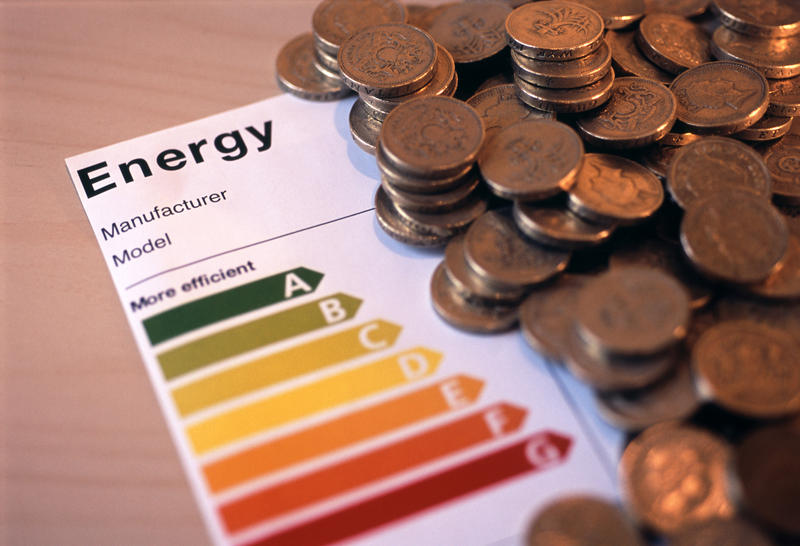Fabric Energy Efficiency Standard FEES
The Fabric Energy Efficiency Standard (FEES) was first introduced as part of the 2016 strategy for zero carbon homes. It was developed by a Task Group set up in 2009 with the Zero Carbon Hub as one of its primary participants. Its initial methodology (referred to as Fabric Energy Efficiency or FEE) was incorporated as part of the November 2010 Code for Sustainable Homes.
This standard has been proposed as the top level of energy demand for space heating and cooling into the fabric of all new dwellings. Several factors can have an impact on this amount, including:
- Air permeability.
- Building fabric U-values.
- Thermal bridging and mass.
- External solar heat gain.
- Internal heat gains (including metabolic activity or other sources generated as a result of services in the dwelling.
Under FEES, dwellings include apartment blocks, mid-terrace, end terrace, semi-detached and detached homes. Minimum FEES for dwellings are:
- 39 kWh/m2/year for apartments and mid-terraced houses.
- 46 kWh/m2/year for end terrace, semi-detached and detached houses.
Under the current Part L 2013, the Fabric Energy Efficiency Standard (FEES) metric sets the benchmark for a building through its ‘notional building’ and minimum u-values for fabric standards.
The proposed Part L 2020 sets out new and improved minimum fabric standards, but the use of the FEES target has been removed.
For more information see: Home design prospects under the Future Homes Standard.
[edit] Related articles on Designing Buildings Wiki
Featured articles and news
RTPI leader to become new CIOB Chief Executive Officer
Dr Victoria Hills MRTPI, FICE to take over after Caroline Gumble’s departure.
Social and affordable housing, a long term plan for delivery
The “Delivering a Decade of Renewal for Social and Affordable Housing” strategy sets out future path.
A change to adoptive architecture
Effects of global weather warming on architectural detailing, material choice and human interaction.
The proposed publicly owned and backed subsidiary of Homes England, to facilitate new homes.
How big is the problem and what can we do to mitigate the effects?
Overheating guidance and tools for building designers
A number of cool guides to help with the heat.
The UK's Modern Industrial Strategy: A 10 year plan
Previous consultation criticism, current key elements and general support with some persisting reservations.
Building Safety Regulator reforms
New roles, new staff and a new fast track service pave the way for a single construction regulator.
Architectural Technologist CPDs and Communications
CIAT CPD… and how you can do it!
Cooling centres and cool spaces
Managing extreme heat in cities by directing the public to places for heat stress relief and water sources.
Winter gardens: A brief history and warm variations
Extending the season with glass in different forms and terms.
Restoring Great Yarmouth's Winter Gardens
Transforming one of the least sustainable constructions imaginable.
Construction Skills Mission Board launch sector drive
Newly formed government and industry collaboration set strategy for recruiting an additional 100,000 construction workers a year.
New Architects Code comes into effect in September 2025
ARB Architects Code of Conduct and Practice available with ongoing consultation regarding guidance.
Welsh Skills Body (Medr) launches ambitious plan
The new skills body brings together funding and regulation of tertiary education and research for the devolved nation.
Paul Gandy FCIOB announced as next CIOB President
Former Tilbury Douglas CEO takes helm.
UK Infrastructure: A 10 Year Strategy. In brief with reactions
With the National Infrastructure and Service Transformation Authority (NISTA).
























Comments
https://assets.publishing.service.gov.uk/government/uploads/system/uploads/attachment_data/file/956094/Government_response_to_Future_Homes_Standard_consultation.pdf